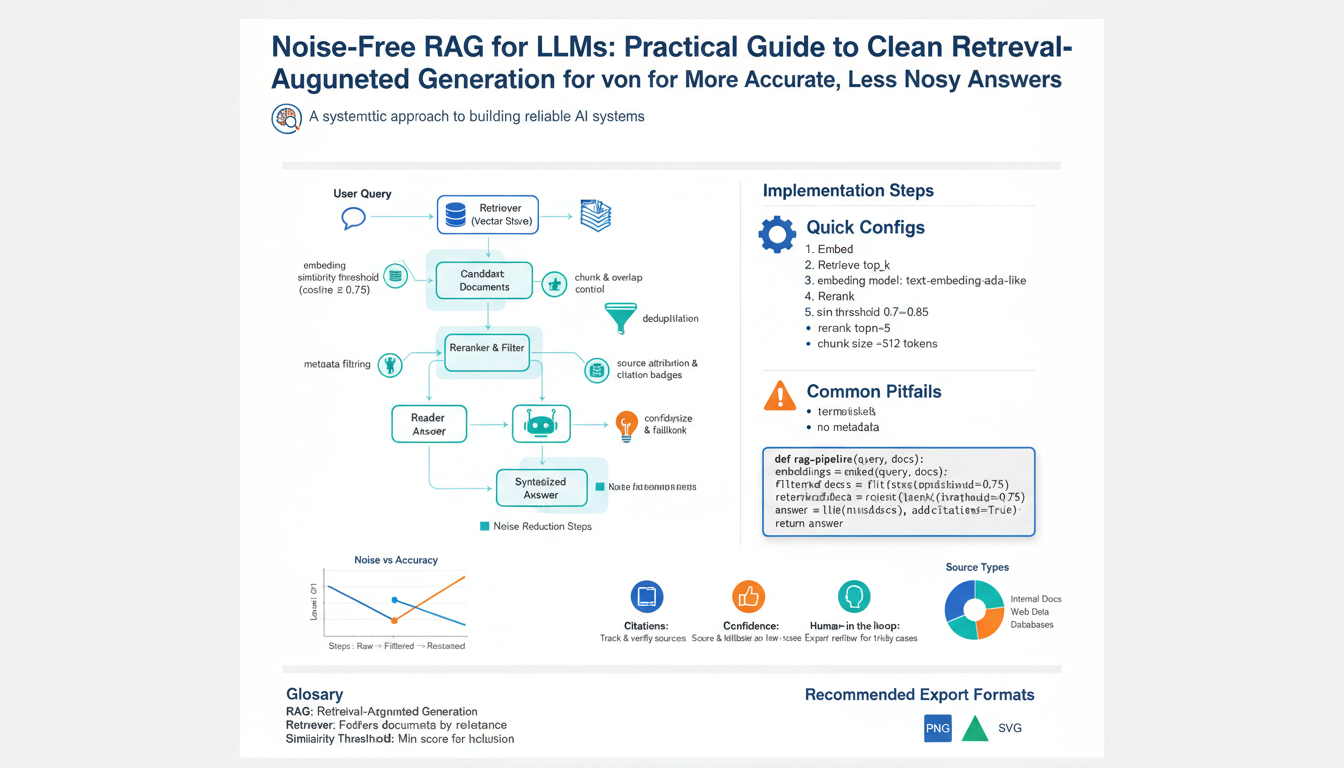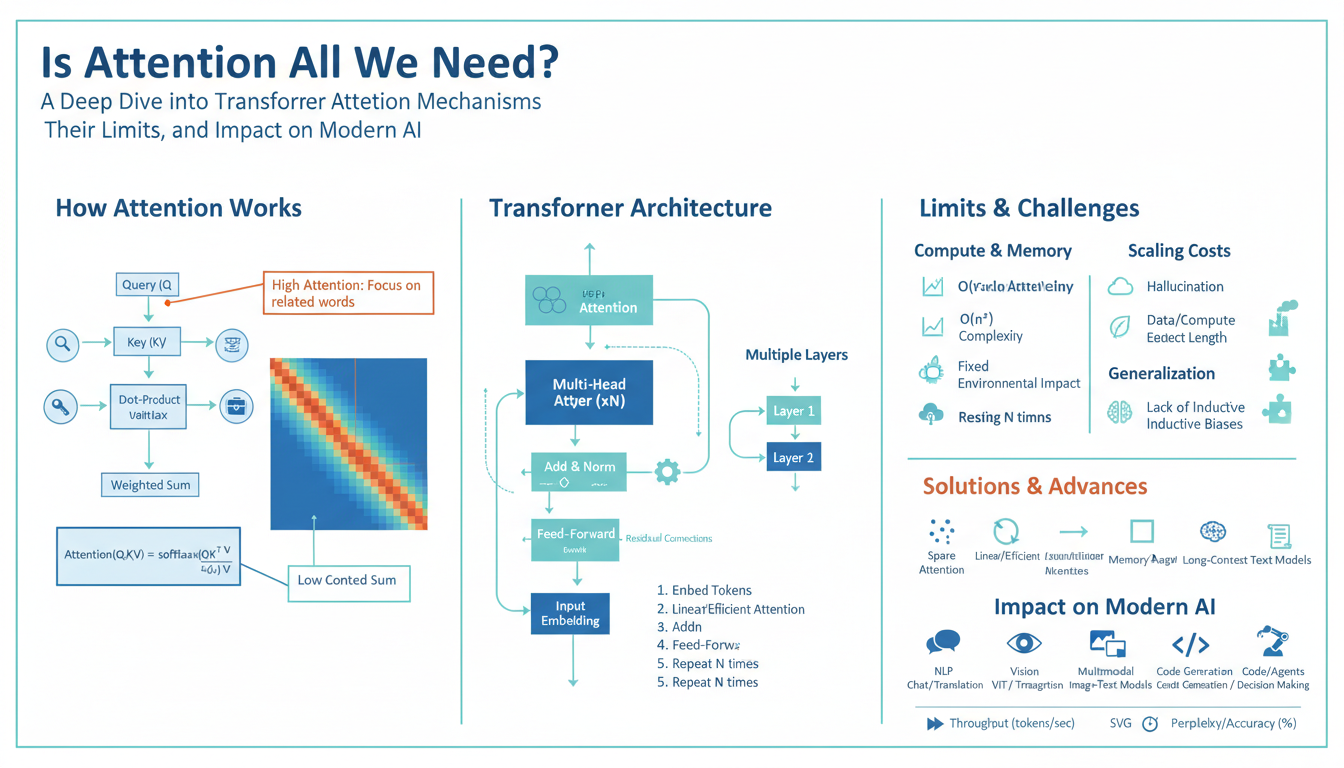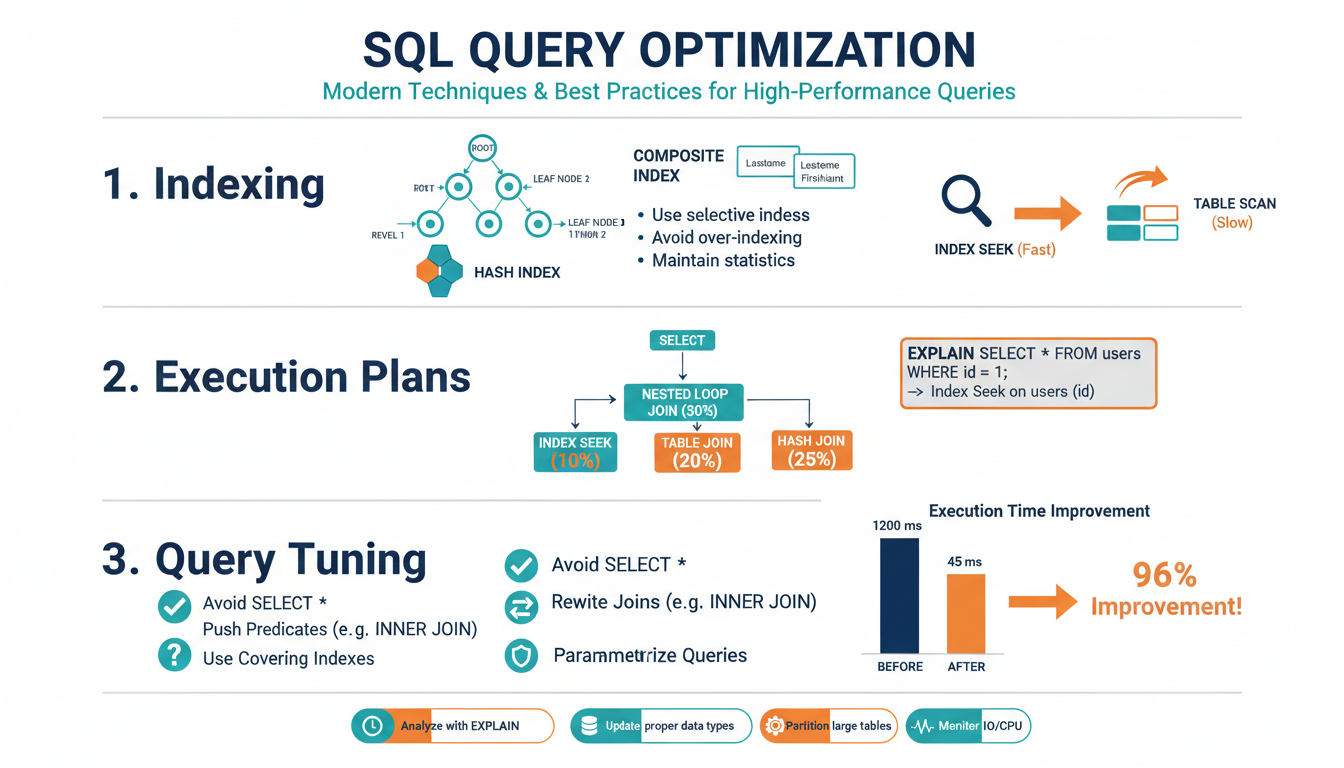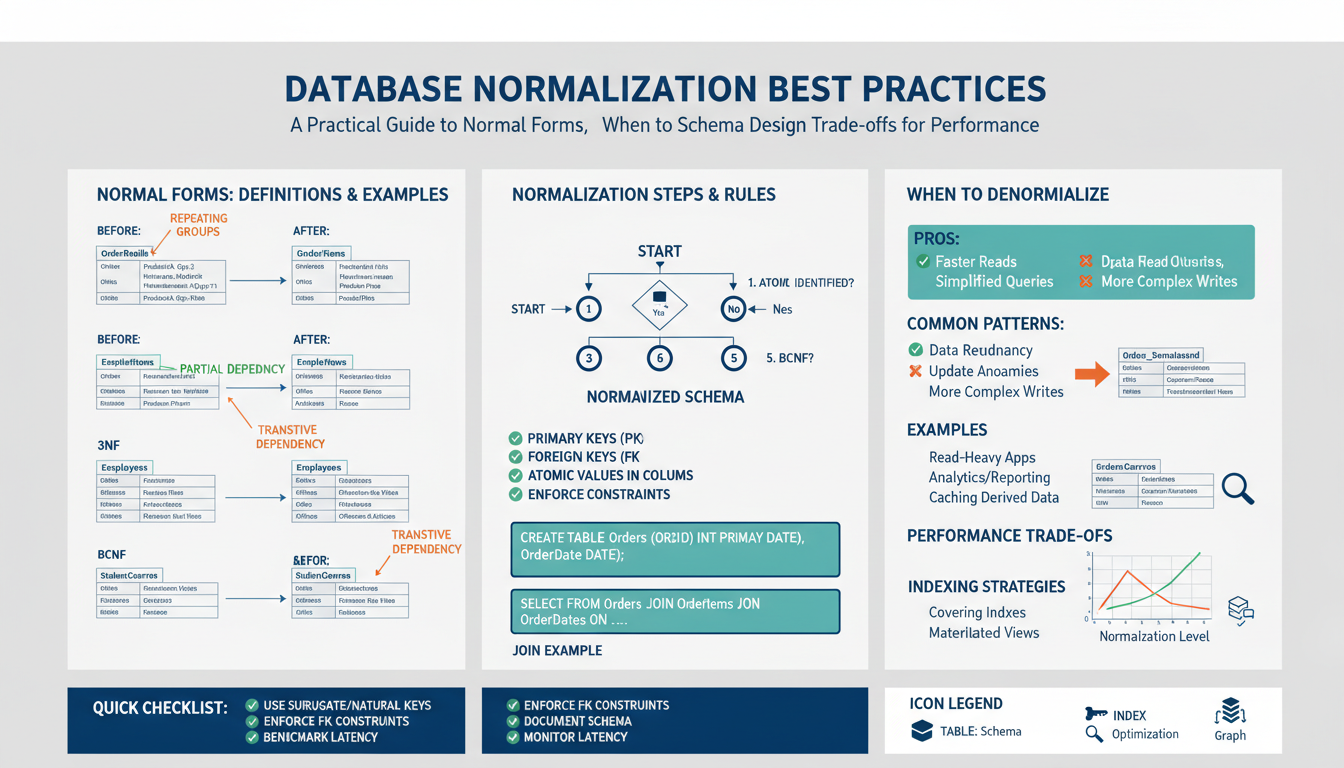Understanding the “Brain-Like” Model of Early Generative AI
In the early days of generative AI, researchers and engineers often looked to the human brain as an inspiration for how machines could learn, create, and adapt. This “brain-like” approach, rooted in the field of neural networks, aimed to mimic the interconnections and adaptive learning processes observed in biological systems. At its core, this approach leverages the principle that just as neurons in the brain strengthen or weaken their connections based on experience, artificial neurons could be organized in a way that allowed machines to “learn” from vast swathes of data.
But what does it really mean for an AI to be “brain-like”? Let’s break it down through three main aspects:
- Neural Networks Mimicking Neurons: Early generative AI models, such as DeepMind’s early breakthroughs in deep reinforcement learning, were built on architectures intended to simulate the pathways of the human brain. These AIs used layers of artificial neurons, interconnected and trained to recognize patterns such as the shapes of objects, the sounds in speech, or the nuances in written language.
- Generalization Instead of Specialization: Much like the human brain, these models attempted to approach tasks broadly, using a wide lens and adapting to different contexts with the same underlying mechanism. For example, AlphaGo used a generalized approach to strategy games, not just relying on brute force computations but also learning from vast numbers of game scenarios, in a way akin to human intuition.
- Learning from Examples: Humans learn from examples, through trial and error, feedback, and repetition. Early generative AI adopted this paradigm—models were fed vast datasets of text, images, or audio, identifying structures or patterns with minimal human intervention. The hope was that, like a child absorbing language or recognizing faces, the AI would form its own associative maps of knowledge.
However, there were inherent limitations to this method. While “brain-like” AI demonstrated impressive achievements in language translation, image creation, or game playing, its flexibility came at the cost of efficiency and accuracy in narrowly defined, complex tasks. For instance, an AI trained to generate text might produce convincing sentences, but struggle with domain-specific reasoning or tasks requiring precise procedural steps.
These challenges have sparked a shift toward task-focused models, seeking to overcome the broad-stroke limitations of the brain-inspired approach. As the landscape evolves, understanding this “brain-like” foundation remains vital—it sets the stage for appreciating how new architectures are supplementing, or even replacing, this original inspiration with more targeted, efficient solutions.
If you’re curious to delve deeper into how artificial neural networks differ from the biological brain, check out this detailed exploration by the Scientific American.
Key Limitations Faced by Brain-Inspired AI Systems
The development of artificial intelligence systems has long been inspired by the structure and function of the human brain. While this “brain-inspired” approach has led to remarkable breakthroughs, it has also revealed a series of inherent limitations that restrict the performance and scalability of generative AI technologies. Let’s unravel the key challenges these systems face and how they hinder AI’s ability to reach its full potential.
-
Complexity of Neural Structures
Human brains consist of approximately 86 billion neurons, each with thousands of connections. Replicating this intricate web in artificial systems is technically daunting and computationally expensive. Modern neural networks, despite being inspired by biology, dramatically simplify these connections, leading to limitations in their ability to reason, adapt, and generalize across diverse tasks. For example, even the most advanced AI cannot match the human brain’s agility in transferring knowledge from one context to another. -
Data Dependence and Training Bottlenecks
Brain-like AI systems typically require vast amounts of labeled data to learn effective representations. Unlike humans, who excel at learning from a handful of examples or through observation, generative models may need millions of samples for training — a process that is both resource- and time-intensive. This data hunger also amplifies the risk of bias and reduces the ability to operate efficiently in scenarios where data is scarce or unreliable (Harvard Data Science Review). -
Energy Inefficiency
The human brain is incredibly efficient, operating with the energy equivalent of a small light bulb. In contrast, brain-like AI models, such as large language models, demand enormous computational power and electricity to train and run (see this Nature article on the environmental impact of AI). This inefficiency not only raises sustainability concerns but also limits the accessibility of state-of-the-art AI technologies. -
Generalization vs. Specialization
Human intelligence excels at generalization — applying knowledge across varied contexts. Most current generative AIs, however, tend to specialize in narrow domains. For example, an AI trained to generate coherent text may fail at tasks requiring common sense or an understanding of visual elements. This challenge, often referred to as the gap between narrow and general intelligence, exposes the difficulty of transferring brain-inspired methods to create truly versatile AI systems. -
Interpretability and Transparency
Brain-like AI models often function as complex black boxes, making it challenging to understand how decisions are made. This lack of interpretability complicates trust and accountability, especially for high-stakes applications such as healthcare and autonomous vehicles. Leading research institutions like Stanford AI Lab are actively investigating how to unravel these black boxes, but the problem remains largely unresolved.
Each of these limitations highlights the gap between mimicking the brain’s architecture and function, and achieving true task-based intelligence. As the industry adapts, groundbreaking shifts are being made toward “task-like” solutions, where models are designed around specific, actionable tasks rather than loosely mirroring biological processes. This evolution is reshaping the trajectory of generative AI, giving rise to systems that can overcome the hurdles faced by earlier, brain-inspired methods.
The Shift Toward “Task-Like” Approaches in Generative AI
The rapid evolution of generative AI has brought us to an inflection point, where researchers and developers are increasingly focusing on pragmatic “task-like” approaches rather than just mimicking human cognition. The early days of generative AI were defined by an ambition to create systems that behave in ways similar to organic brains—learning by exposure and exhibiting general intelligence. While those aspirations led to remarkable progress, it soon became clear that “brain-like” models, although fascinating, often struggled to solve concrete tasks efficiently or reliably in real-world contexts.
The current shift toward “task-like” paradigms revolves around optimizing generative AI to solve well-defined, domain-specific problems. This practical pivot is rooted in lessons learned from both the limitations of brain-inspired architectures and the explosive success of models like GPT-4, DALL-E, and other commercial AI tools, which have shown that even without perfect general intelligence, AI can deliver tremendous value when tailored to specific tasks.
Why the Shift Matters: Moving From Generalization to Specialization
Traditional brain-like models aimed to generalize from limited exposure, but businesses and researchers discovered that optimizing for domain-specific task performance creates more measurable and immediate impact. The task-like approach prioritizes accuracy, reliability, and efficiency, allowing AI systems to deliver actionable results in areas such as radiology, legal contract review, and customer service bot deployment. For instance, Harvard Business Review highlights how custom-trained models dramatically enhance productivity and reduce errors in enterprise workflows compared to generic, brain-like alternatives.
How Task-Like AI Works: Steps and Examples
- Problem Definition: The first step is identifying high-value, repetitive tasks within a domain that can be well-defined. For example, in finance, automating the reconciliation of invoices involves a clear set of rules and data structures—making it ideal for a task-like AI solution.
- Data Curation and Annotation: Rather than exposing models to broad and varied datasets as brain-like systems do, developers curate highly relevant datasets annotated specifically for the task. This focused approach reduces noise, improves model accuracy, and can address biases more directly. An example is IBM Watson’s data preparation solutions tailored for healthcare use cases.
- Model Training and Optimization: Task-like models are often smaller and more efficient, trained with methods like fine-tuning or reinforcement learning from human feedback (RLHF) to master specific workflows. This produces AI that is both lightweight and highly effective; for instance, OpenAI’s Codex is optimized specifically for translating natural language requests into code, outperforming generalist models at this job.
- Human-in-the-Loop Feedback: Task-like systems frequently incorporate ongoing human oversight to ensure quality and adapt to changing requirements. According to recent research from Stanford HAI, such hybrid approaches dramatically enhance system reliability in high-stakes applications.
Impact on Real-World Applications
This pragmatic mindset has led to improvements in specialized AI performance across industries. For example, the adoption of task-like models in clinical decision support tools has helped clinicians detect rare diseases more accurately by focusing AI’s attention on the unique markers and decision rules relevant to specific cases.
Looking ahead, the trend toward task-like generative AI is likely to reshape the landscape, driving innovation not by chasing an elusive general intelligence, but by delivering tangible, high-impact tools for well-defined modern challenges. As more industries adopt this mindset, expect to see even more robust, accountable, and useful AI systems emerge—and a new wave of productivity gains in everyday workflows.
Innovations Driving Task-Specific AI Performance
As generative AI transitions from striving for broad, “brain-like” intelligence to more “task-like,” goal-oriented systems, several pivotal innovations are increasing its ability to excel at specific applications. These innovations bridge the gap between impressive creativity and practical utility, making AI more reliable, accurate, and valuable in real-world scenarios.
1. Domain Specialization and Fine-Tuning
Modern generative AI models can be “fine-tuned” to handle specific tasks, industries, or knowledge domains. Fine-tuning involves starting with a general-purpose, pre-trained model and training it further on a domain-specific data set, so it learns industry jargon, best practices, and nuances. For example, legal tech companies fine-tune models like GPT-4 to understand regulatory documents and case law (Nature). Medical AI applications are similarly trained on peer-reviewed clinical literature, making them highly effective at disease diagnosis and treatment recommendation.
This approach not only enhances accuracy but also drastically reduces AI hallucinations in critical fields. The key to this progress is the availability of high-quality, curated data sets and the ability to iterate on model weights without retraining from scratch.
2. Multi-Modal Integration for Contextual Reasoning
Another major innovation is the shift towards multimodal AI — systems that process and integrate text, images, video, and even sensor data. This capacity allows task-specific AI to interpret complex, real-world inputs, offering richer analysis and decision-making. For example, in manufacturing, AI can now combine video feeds from quality-control cameras with textual production logs to pinpoint defects in real time (IEEE Spectrum).
Such integration is also revolutionizing experiential AI, such as autonomous vehicles and healthcare diagnostics, where combining signals from different modalities yields more robust, task-relevant outcomes.
3. Prompt Engineering and Template-Based Approaches
To ensure that generative AI reliably follows task-specific instructions, prompt engineering has emerged as a new discipline. Carefully crafted prompts guide models toward generating outputs aligned with industry requirements. Businesses also use template-based workflows, embedding prompts in standardized forms that direct the AI’s behavior within known parameters (Harvard Data Science Review).
For instance, customer service bots are programmed with specific response templates that include embedded product information and escalation procedures, shrinking the error margin and building consistency across interactions.
4. Human-in-the-Loop (HITL) Systems
“Human-in-the-Loop” frameworks blend human judgment with AI automation to improve reliability and compliance, especially in regulated industries. With HITL, AI generates a first draft or flags cases for review, and domain experts intervene for correction or approval (McKinsey).
This not only builds trust in AI systems but also continuously improves models through iterative feedback. For example, radiologists validate AI-generated scan analyses to avoid diagnostic errors, and financial analysts verify automated reports for regulatory compliance.
5. Explainability and Transparency Tools
Modern AI demands transparency, especially in high-stakes domains. Innovations in explainable AI (XAI) help users and regulators understand why a model made a particular choice. Solutions ranging from attention maps to natural language rationales make task-like systems more transparent and auditable (Google AI Blog).
This increased visibility not only helps users trust AI outputs but also enables continuous improvement and error analysis — a critical aspect in legal, healthcare, and financial sectors.
As these innovations converge, generative AI continues its evolution toward targeted, mission-critical value, unlocking new use cases across industries and overcoming its historical limitations as a generalist tool.
Real-World Examples: Where “Task-Like” Generative AI Excels
Generative AI technology has taken impressive strides from attempting to mimic “brain-like” cognitive processes toward excelling in specific, clearly defined “task-like” applications. By focusing on well-contained problems, developers are overcoming many of the limitations that once hampered generative AI in more abstract domains. Below are several real-world examples that illustrate this transformation, showing precisely where task-oriented generative AI shines.
Automated Content Creation in Marketing and E-Commerce
One of the most successful deployments of task-like generative AI is in the creation of marketing materials, product listings, and personalized user communications. Companies like OpenAI and Jasper have developed powerful text generators that craft compelling product descriptions, social media posts, and email newsletters at scale. These systems are trained on specific data sets and tuned for tone, audience, and compliance—making them highly efficient and remarkably human-like in their output.
- Structured Content Generation: AI models generate thousands of unique product descriptions or meta tags in minutes, saving companies immense time while maintaining consistency and quality.
- Personalization: By leveraging user data, these tools tailor content to individual preferences, boosting engagement and conversion rates (Harvard Business Review).
Legal Document Drafting and Review
Legal professionals are notoriously pressed for time when drafting contracts or reviewing lengthy documents. Here, “task-like” generative AI platforms, such as Casetext and Georgetown Law’s automated tools, facilitate the preparation, review, and even summarization of legal documents.
- Drafting Assistance: AI can pre-populate routine documents (e.g., NDAs, lease agreements) based on standardized templates and case law. Lawyers can then review and edit for edge cases, improving efficiency and reducing errors.
- Contract Analysis: Advanced AI models highlight potential red-flag clauses and compare current drafts with best practices or previous agreements, reducing risk and increasing consistency (Brookings Institute).
Medical Imaging and Diagnostics
Generative AI excels at specific diagnostic tasks in healthcare, such as interpreting medical images or flagging abnormalities. Trained on vast, annotated data sets, systems developed by institutions like Google Health and Mayo Clinic have significantly improved the speed and accuracy of diagnoses.
- Early Disease Detection: AI models screen thousands of X-rays or MRIs, identifying subtle patterns missed by human eyes. This assists clinicians with early-stage diagnosis, improving patient outcomes.
- Workflow Augmentation: Automated triage systems prioritize urgent cases, streamline administrative workloads, and allow healthcare providers to focus on patient care (Nature Digital Medicine).
Financial Reporting and Audit Automation
In the financial sector, generative AI automates repetitive, high-volume tasks such as report writing, data extraction, and compliance monitoring. Firms like Deloitte and PwC leverage task-specific AI to reduce manual labor and enhance accuracy.
- Report Generation: AI models comb through financial statements and transaction logs to draft comprehensive audit reports, flagging discrepancies for human auditors.
- Anomaly Detection: Task-like AI screens billions of transactions to identify fraud, errors, or regulatory violations far more efficiently than rule-based or manual reviews (International Federation of Accountants).
By focusing on narrowly defined objectives, generative AI is not just useful—it’s indispensable in these domains. Its impact is amplified by the reliability, consistency, and speed with which “task-like” models operate, paving the way for expanding AI adoption in even more specialized areas.
Challenges and Considerations in the Task-Focused Evolution of AI
As artificial intelligence transitions from mimicking human cognition (“brain-like”) to excelling at specialized applications (“task-like”), a new set of challenges and considerations arises. These challenges are both technical and ethical in nature, and overcoming them is essential for harnessing the full potential of generative AI in real-world tasks.
Data Quality and Domain-Specific Training
One of the most critical considerations in developing task-focused AI systems is the quality and relevance of training data. Unlike general generative models, task-like AI must excel in specific domains, such as medical imaging, legal document analysis, or financial forecasting. This requires meticulously curated datasets that not only cover the breadth of the domain but also maintain high accuracy and relevance.
- Step 1: Data Collection. Gather data from authoritative sources, ensuring that it represents real-world scenarios encountered in the target task.
- Step 2: Data Annotation. Collaborate with domain experts to accurately annotate data, which is crucial for effective supervised learning (learn more at DeepMind’s insights on data quality).
- Step 3: Continuous Updates. Update datasets regularly to adapt to changes in the field, such as new regulations or emerging trends.
Model Robustness and Reliability
Task-like AI systems must be robust and reliable, especially when deployed in high-stakes environments like healthcare or autonomous vehicles. Reliability entails not just high average accuracy but consistent performance across diverse scenarios, including edge cases.
- Stress Testing: Subject the model to a range of scenarios, including rare or adversarial cases, to reveal potential weaknesses (Google AI on robustness research).
- Monitoring in Production: Implement systems to monitor model outputs and capture errors for further improvement.
- Fallback Mechanisms: Develop backup plans, such as re-routing requests to human experts in cases of low model confidence.
Ethical and Societal Considerations
With increased task specialization comes increased responsibility. Task-like AI may inadvertently encode biases or make decisions that impact lives, such as in hiring or insurance. Stakeholders must address these risks through responsible AI practices.
- Bias Audits: Perform regular bias assessments on models and datasets, as recommended by academic groups like MIT’s Ethical AI initiative.
- Transparency: Provide clear documentation of how and why models make decisions, fostering accountability.
- Human Oversight: Ensure that human experts are empowered to interpret and override AI decisions when necessary, maintaining ethical standards.
Integration with Existing Systems
The shift to task-like AI often requires integration with established workflows and legacy IT systems. This raises technical and managerial challenges, including interoperability, data privacy, and change management.
- Interoperability Standards: Adopt data and communication standards that facilitate seamless integration (IBM’s API integration guide).
- Data Privacy: Comply with regulations like GDPR to ensure that user data is handled ethically and securely.
- Employee Training: Provide ongoing training so staff can effectively collaborate with AI systems and understand their capabilities and limitations.
By addressing these challenges head-on, researchers and developers can unlock the immense value of task-like generative AI while safeguarding trust, accuracy, and fairness throughout this evolutionary journey.



